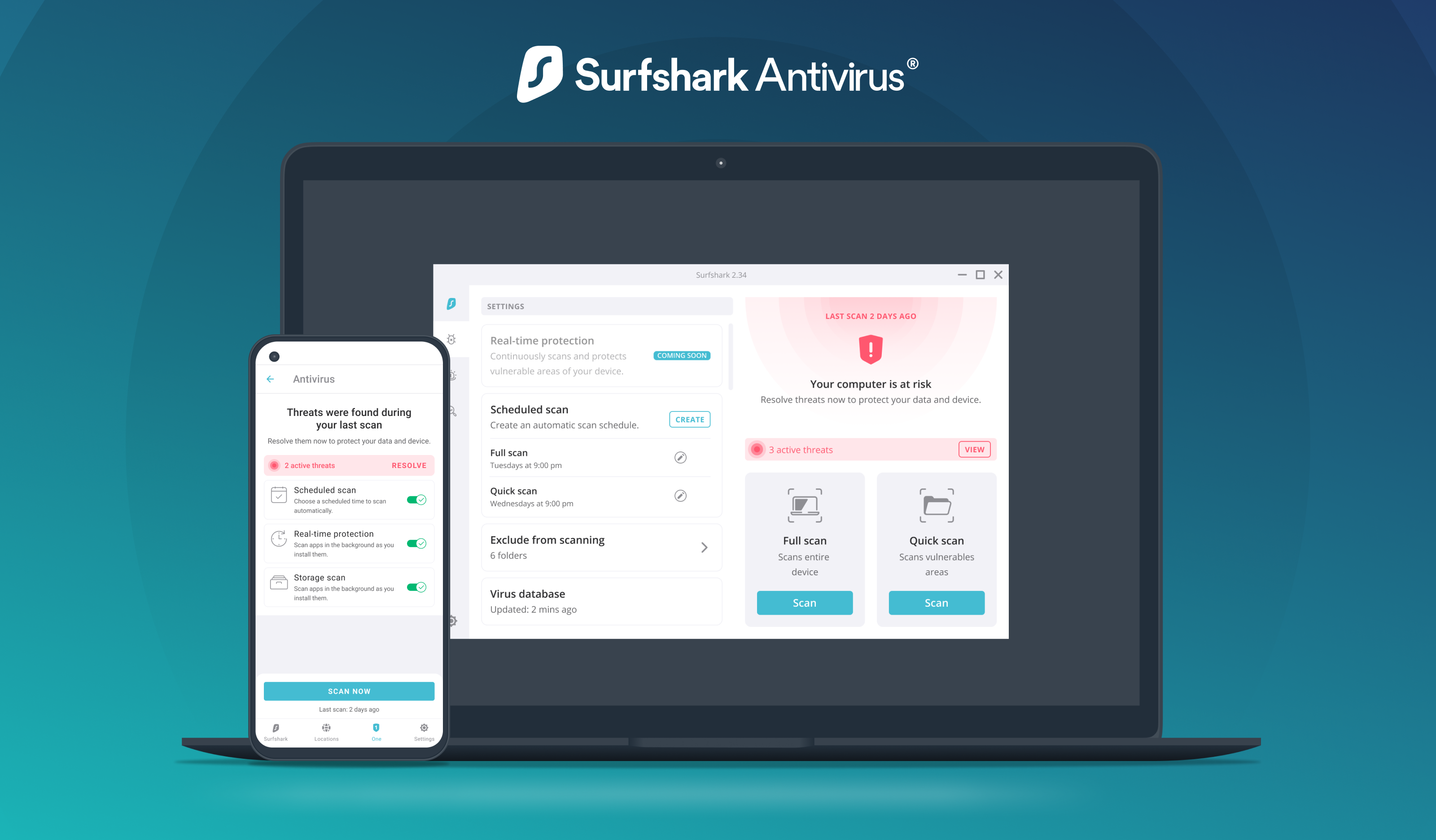Welcome to this easy guide on how to find real-time location information using Termux. Sometimes, you might need to know someone's exact location for different reasons. Tracking an IP address can give you a rough idea, but it's not very accurate.
In this tutorial, we'll show you Seeker, a tool that helps you find precise location data. Whether you're an ethical hacker or just interested in how location tracking works, this guide will give you simple steps to install and use Seeker in Termux.
This guide is for learning only, and we do not support any misuse of this information. Always use location tracking tools carefully and legally.
By the end of this post, you'll understand how Seeker works, how to install it, and how to use it well to track location data. Let's get started!
What is Seeker?
Seeker is a smart tool that helps track locations accurately using different
technologies. It is made with Python and works with a built-in
PHP server and Ngrok. It works like a phishing page,
which lets you gather important information from the target device.
When you use Seeker, it collects various data like the target's public IP address, exact location, operating system details, platform, and browser name and version. This information is important for understanding where the target is and what device they are using.
Seeker can be used on different systems, such as Kali Linux, Ubuntu, Arch Linux, and Termux. Its accurate location data makes Seeker useful for ethical hackers and cybersecurity experts.
Step-by-Step Installation Guide of Seeker in Termux
Installing Seeker in Termux is a straightforward process if you follow the steps carefully. Below is a detailed guide to help you get Seeker up and running:
Step 1: Update and Upgrade Termux Packages
Start by ensuring that your Termux environment is up-to-date. Open Termux and enter the following command:
pkg update && pkg upgradeThis command updates your package lists and upgrades all your installed packages to the latest versions.
Step 2: Install Git and Python
Next, you'll need to install Git and Python, both of
which are required for Seeker. Enter the following commands one by one:
pkg install git
pkg install python
These commands will install Git, a version control system, and
Python, the programming language in which Seeker is written.
Step 3: Clone the Seeker Repository
Now, you'll need to clone the Seeker repository from GitHub. This is done using the following command:
git clone https://github.com/thewhiteh4t/seeker.gitAfter running this command, the Seeker tool will be downloaded to your device.
Step 4: Navigate to the Seeker Directory and Install
Once the Seeker repository has been cloned, navigate to the Seeker directory and run the installation script:
cd seeker/
./install.shThis script will install all the necessary dependencies and set up Seeker for use in Termux.
Make sure all commands are entered correctly to avoid installation errors. If you encounter any issues, double-check your inputs and ensure your internet connection is stable.
Running Seeker in Termux
Once Seeker is installed, you're ready to start using it to track location information. Follow these steps to run Seeker in Termux:
Step 1: Launch Seeker in Termux
After installing Seeker in Termux, navigate to its directory and launch it with the following command:
python seeker.pyThis will start Seeker and display a list of options for location tracking.
Step 2: Select the Tracking Option
Seeker provides multiple tracking options, but for this tutorial, we will use option 0 (Near You).
Type 0 and press Enter to proceed. Seeker will generate a localhost link, which is the page your target needs to open.
Note: Seeker does not display this link directly, but by default, the link is:
http://localhost:8080Step 3: Host the Link Publicly Using Serveo
Since the localhost link only works on your device, you need to make it accessible to the target. To do this, use Serveo to create a public URL.
Start Serveo Tunnel
Open a new Termux session and run:
ssh -R 80:localhost:8080 serveo.netThis will generate a public URL like:
Copy this link and send it to your target.
Step 4: Get the Target's Location
When your target opens the link, they will see a request to allow location access.
If they grant permission, Seeker will capture their latitude, longitude, and accuracy. The location data will be displayed in your Termux session. You will also get a Google Maps link to view their live location.
Step 5: Open the Location in Your Browser
Copy the location link displayed in Termux and paste it into your browser. This will show you the exact location of the target in real time on Google Maps.
Important Notes
For Ethical Hacking Only: Always get permission before using Seeker for tracking. Unauthorized use is illegal.
Use Serveo for Quick Access: Unlike Ngrok or Cloudflare, Serveo does not require installation or an account.
Modify Seeker Templates for Better Engagement: If needed, you
can edit template.html in Seeker's directory to make the phishing
page look more convincing.
Final Thoughts
Seeker is a powerful tool for ethical hackers and cybersecurity researchers. When used responsibly, it can help test security awareness and improve defenses against phishing attacks.
Would you like more tutorials on Termux tools? Let us know in the comments!







